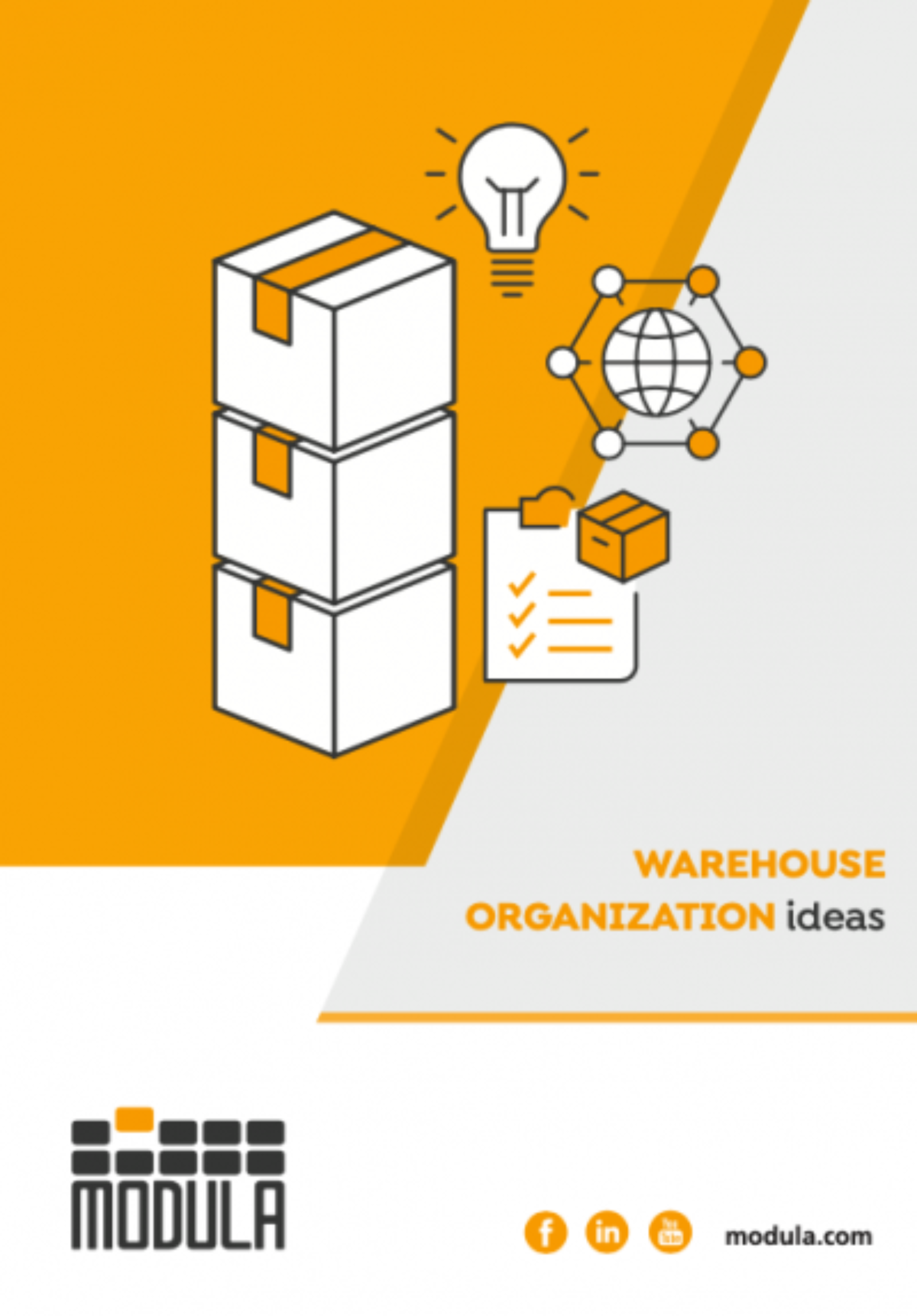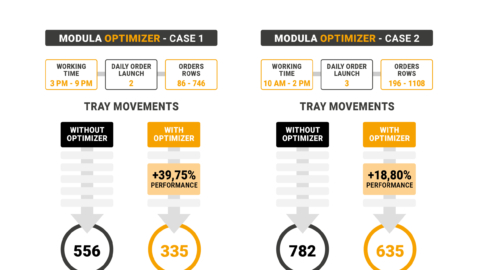WMSs (Warehouse Management Systems) have revolutionized modern warehouse management and keep doing so.
For those who are unfamiliar with them, we are talking about software developed to optimize warehouse operational processes, the ever-increasing use of which allows companies to benefit from tangible and measurable results.
The development of the first WMS software occurred soon after the introduction of technologies such as those applied to bar codes and laser readers.
Following the evolution of technology, in the 1990s WMS systems made a decisive step forward: labeling was made more efficient and many processes, such as the management of material handling activities, were simplified and optimized.
Many companies began to perceive the added value of warehouse inventory software programs, especially because the WMSs themselves were designed from the outset to integrate with other warehouse-related software such as ERP software and management systems.
Today, over 80% of large companies are using WMS software and the number of installations is growing rapidly also in SMEs (small & medium-sized enterprises).
This is simply because of the undisputable efficiency these software applications offer modern warehouse management activities.
WMS: Warehouse management software
Before exploring the functions and benefits of a warehouse management program in detail, it is useful to keep some concepts in mind.
A WMS is a software application specifically designed to optimize all the manual and automatic processes carried out in a warehouse. It allows the user to have an “in-depth” view of the physical flows, and specifically real-time tracking and mapping of the goods stored and handled along the entire supply chain.
Two important factors must be considered before choosing the right warehouse management software:
- the adaptable and versatile configuration needed to meet the company’s current and future needs
- the compatibility and full integration with the corporate ERP (Enterprise Resource Planning) system.
This last point is particularly important.
To simplify, the company’s ERP is the software application in charge of the administrative management of the warehouse, while the WMS software focuses more on the logistical aspects.
And although the latter is an independent program, its integration with the ERP system facilitates the complete and automated management of all company activities.
In this way, the warehouse becomes a new resource for the company, able as it is to maintain a real-time interaction with management systems, improving processes and drastically reducing the risk of errors.<
How WMS software can improve the management of your warehouse
Increased productivity, fewer inefficiencies.
A WMS translates into the solid integration of operations and logistics.
The system allows the automation and implementation of multiple activities at once:
- management of incoming goods
- placing
- warehouse map management
- stock control in real time
- picking
- management of outgoing goods
- shipments
- inventory and flow statistics.
- The results? They are seen on multiple fronts.
In the entry phase, for example, the WMS software simplifies the acquisition of logistical data, improves cataloging, and makes the management of SKUs (Stock Keeping Unit) more efficient.
In the placing phase, the system assigns the best position for the goods based on their characteristics and required availability, optimizing handling times and rationalizing the use of space.
Time savings during the selection and picking phase and the net reduction of errors in the loading and unloading of shipments are also indubitable.
Finally, if the system is integrated with an ERP system, once an order has been completed the program shares all the data for the management of the administrative procedures automatically and without errors.
Obviously, all these advantages translate into the systematic, simplified and intelligent management of warehouse logistics, and much better customer service.
Why a warehouse without a WMS can’t compete
If a company has difficulties with warehouse management, if it struggles to manage the number of orders and items, or it is simply time to have a perfectly organized warehouse, the solution is contained in 3 letters: WMS.
More effective storage and handling, fewer delays and farewell to paper documents.
Obviously not all warehouse management programs are the same and there are various factors to consider when it comes to identifying the most suitable WMS.
In addition, as noted, a WMS must integrate with ERP systems, in order to maximize all the benefits of the so-called Fourth Industrial Revolution.
Ideas for warehouse reorganization



